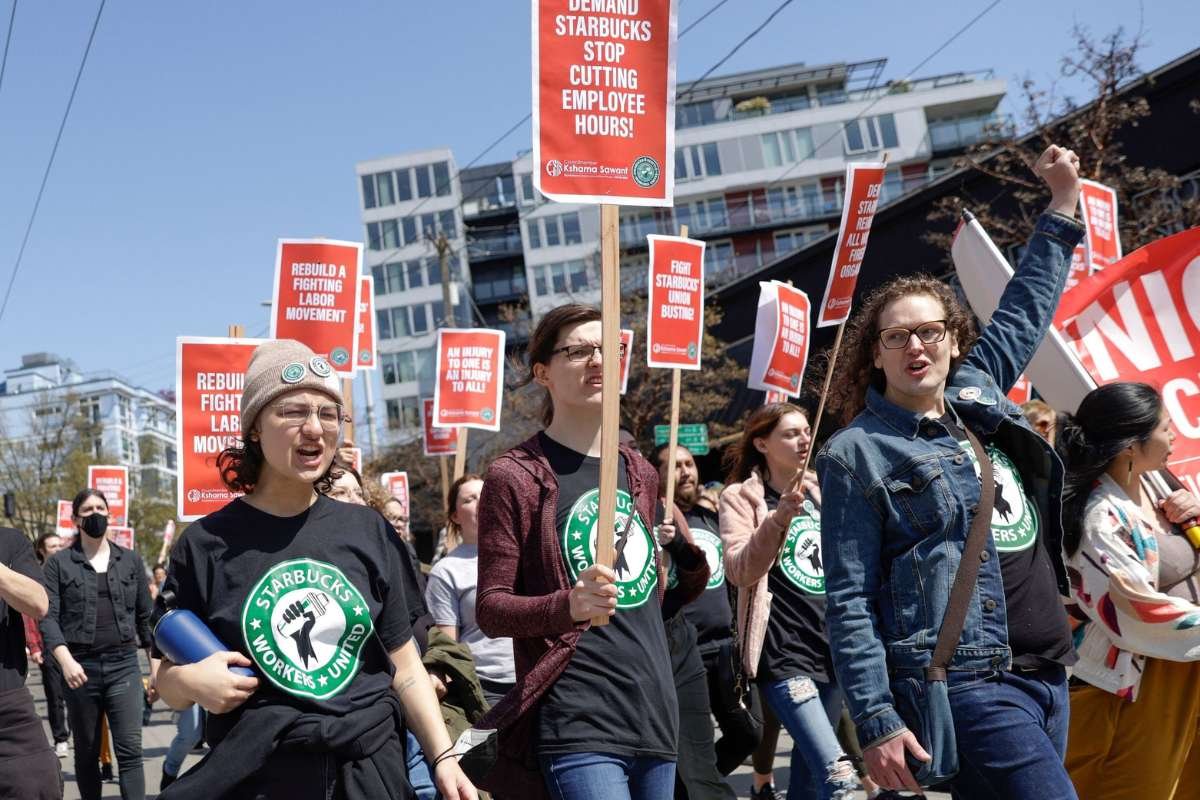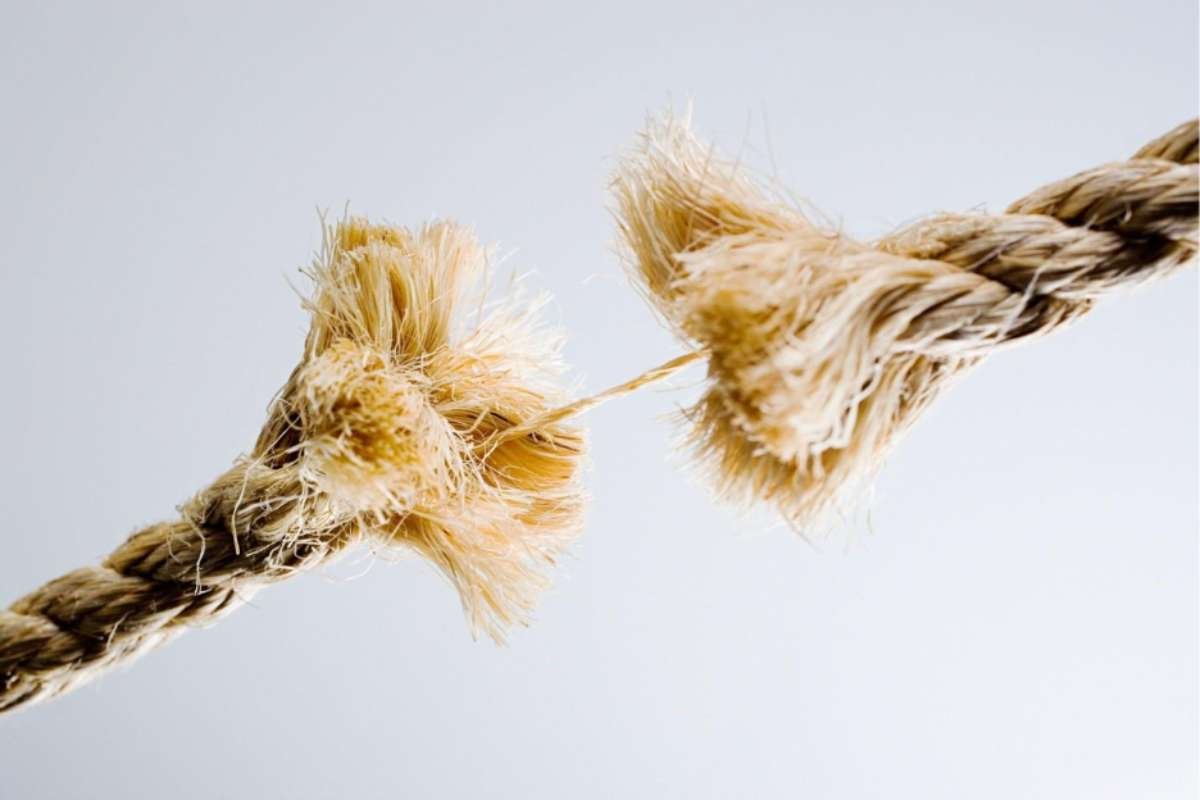This week, hundreds of Starbucks employees staged a strike across more than 100 stores in the U.S., protesting the recently updated Starbucks dress code. The walkout, organized by Starbucks Workers United, began Sunday and gained momentum through the week. The Seattle-based coffee chain introduced the updated Starbucks dress code as part of a broader effort to reinvigorate its brand amid declining sales. The company described the change as a return to simplicity that “allows our iconic green apron to shine.”
Under the new policy, employees are required to wear solid black tops—crewneck, collared, or button-up shirts—and khaki, black, or blue denim bottoms. While Starbucks is providing two branded T-shirts to employees at no cost, the change has sparked backlash from union members, who argue the dress code is arbitrary and burdens workers with unnecessary expenses.
Union Criticizes Lack of Bargaining and Broader Workplace Issues
The Starbucks dress code controversy is the latest flashpoint in a broader, unresolved contract negotiation between Starbucks and its unionized workers, which began in early 2023. Starbucks Workers United accused the company of making unilateral decisions without engaging in collective bargaining. In a statement shared during the strike, the union emphasized that their frustration extends beyond uniform requirements.
“We’re not just angry over a shirt color,” the union posted. “Starbucks is a massive company without focus. They refuse to staff our stores properly, give guaranteed hours to workers, pay us a living wage, or provide stipends to pay for this arbitrary dress code. We need fair union contracts now.”
A striking employee further criticized the company in a video shared online, claiming Starbucks made “a big decision about our jobs without bargaining with us.” The worker expressed frustration that employees are being expected to spend their own money to comply with the new standards, while still facing issues such as understaffing and stagnant wages. “Wearing black doesn’t make the customer experience any better,” the worker said, adding that the dress code does nothing to solve the operational issues they face daily.
Starbucks Responds as Strike Grows Nationwide
Despite the growing scale of the strike—more than 2,000 workers participated on Thursday—Starbucks maintains that the vast majority of its stores remain operational. “More than 99% of our stores are open today serving customers — and have been all week,” the company said in a statement. Starbucks also criticized the union for focusing on the Starbucks dress code rather than returning to the negotiating table. “It would be more productive if the union would put the same effort into coming back to the table that they’re putting into protesting wearing black shirts to work.”
As the dispute over the Starbucks dress code escalates, the strike highlights deeper unresolved issues between Starbucks and its unionized workforce. With no new negotiations publicly scheduled and workers demanding not just aesthetic changes but structural reform, the dress code controversy underscores a broader struggle for workplace rights within one of the world’s largest coffee chains.
Explore more news in our CIO Women Magazine.








